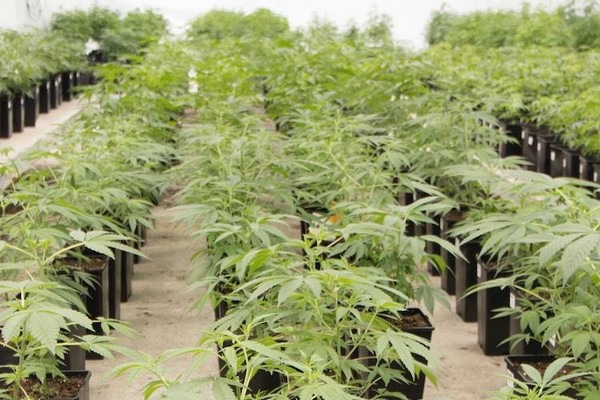The growing acceptance of medical cannabis has led to a worldwide increase in the production of this plant to take advantage of its therapeutic properties, which can influence the regulation of brain plasticity, neuronal development, or energy balance. But part of the associated legal and regulatory framework hasn't kept pace: the current lack of quality control standards or standards for correct cultivation processes could lead to uncontrolled and even harmful cannabis products. It is, therefore, necessary to develop precise and efficient methods to ensure quality control in the production process of medicinal cannabis plants.
One possible solution could be improved optical imaging of cannabis plants so they can be classified according to their chemotypes (different classifications based on the amount of cannabinoids), as shown in a study by the Department of Analytical Chemistry of the University of the Basque Country. This research team has developed a technique based on hyperspectral imaging (three-dimensional photography) and machine learning, which has been designed to ensure the traceability and quality control of medical cannabis plants at an industrial scale via a simple method that can be used on-site.
The study, which was recently published in the journal Computers and Electronics in Agriculture, could pave the way for non-invasive horticultural quality control in the production of medical cannabis, serving an emerging industry that will require strict control over cannabis chemotypes.

This is a new approach that also has the advantage of avoiding time-consuming and destructive analytical techniques, such as gas chromatography. "Samples require pre-treatment: they are dried, extracted, and then analyzed using analytical techniques such as chromatography. In this work, we have shown that the hyperspectral camera facilitates the differentiation between the chemotypes of the plant using a much simpler system", explains Markel San Nicolás, researcher of the IbeA group of the University of the Basque Country.
Ensuring rapid traceability
Near-infrared hyperspectral images (NIR-HSI) are attractive as a modality for this application, as they let you visualize an object in two dimensions as a normal image while recovering a broad electromagnetic spectrum of each pixel. Hence, the photograph has three dimensions; that is, it has the two dimensions of normal photos, distributed in pixels, but each pixel has a full spectrum instead of a single color. This way, a cube of three-dimensional data is obtained, with each pixel corresponding to a full spectrum of near-infrared, which allows for a non-invasive analysis of plants.
In the tests of the study, NIR-HSI images were taken of 57 cannabis plants in the facilities of Sovereign Fields SL, a company that has authorization from the Spanish Agency of Medicines and Medical Devices (AEMPS) for the cultivation of cannabis for the production of seeds and cuttings for medical or scientific purposes.
The images were taken using a spectral range of 930 to 2500 nanometres divided into 288 spectral channels. Data analysis based on machine learning using trained algorithms later classified the target plants as belonging to chemotypes I, II, or III, which are plant variants that differ according to their amount of the cannabinoids THC and CBD.
The project approach was able to successfully extract the three chemotypes of interest and determine the concentration of THC and CBD in the buds, with a success rate of 94.74 percent, according to the study.
Read more at dinafem.org
